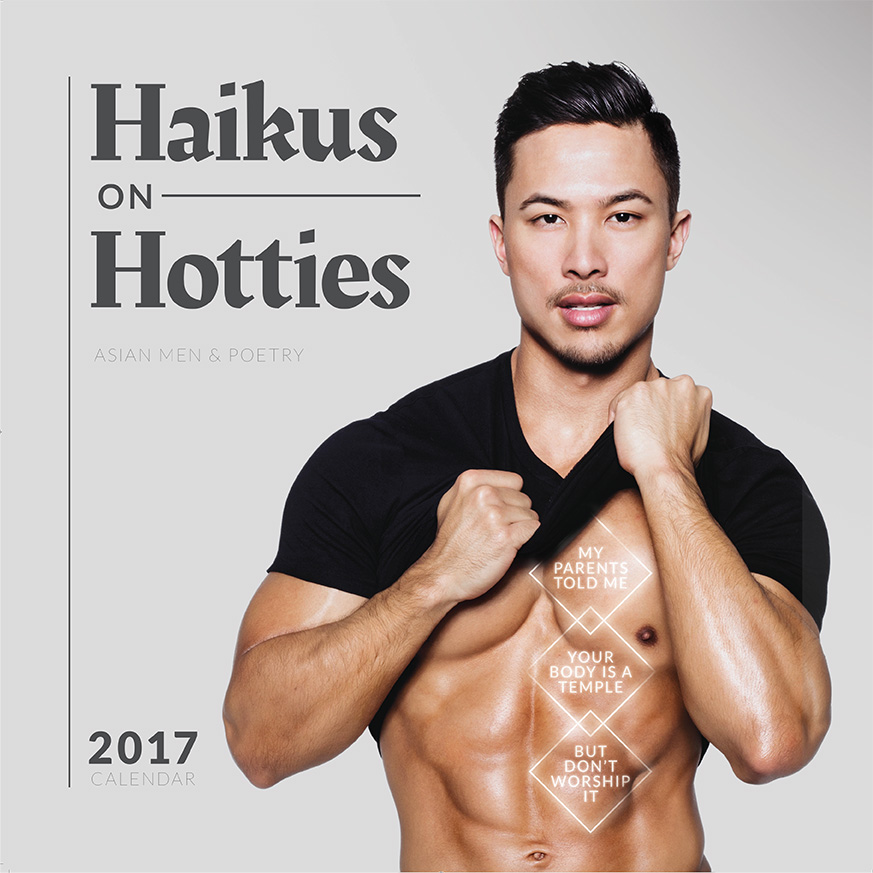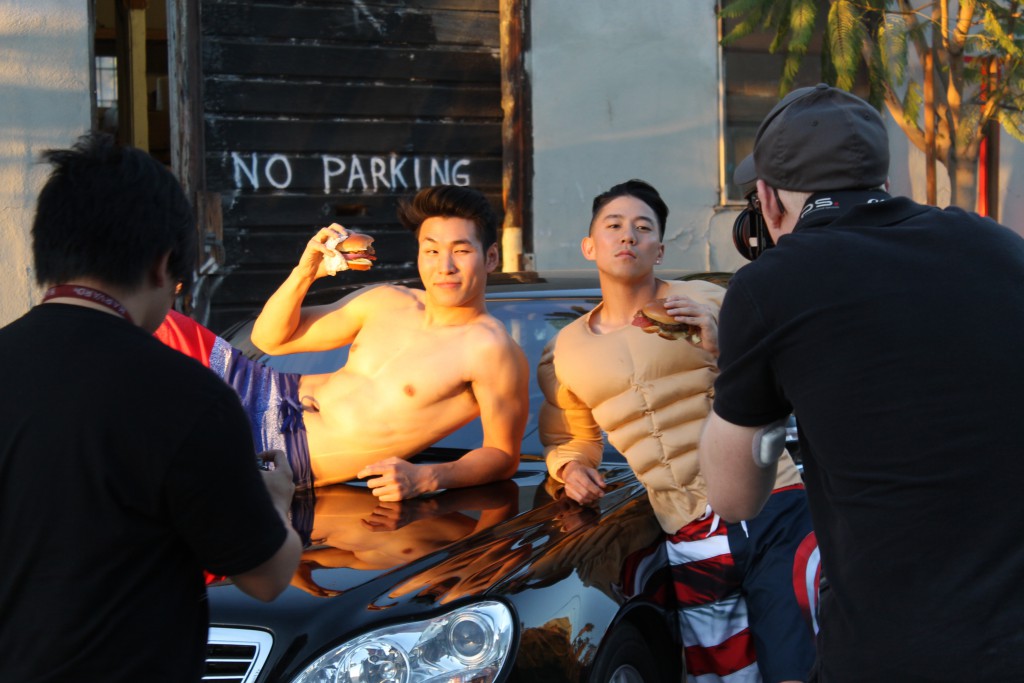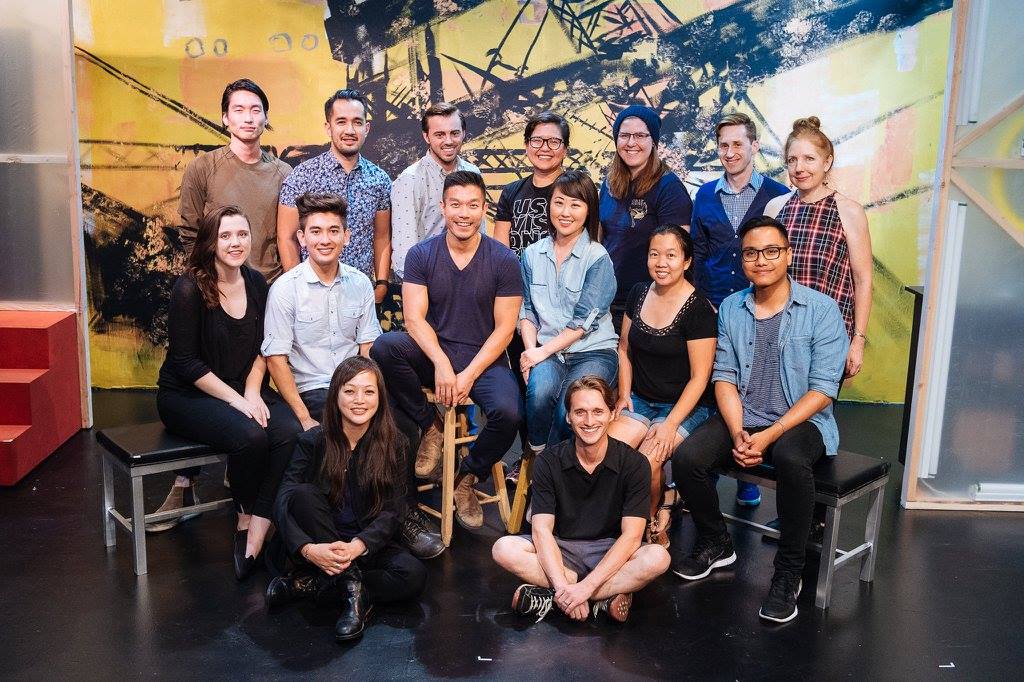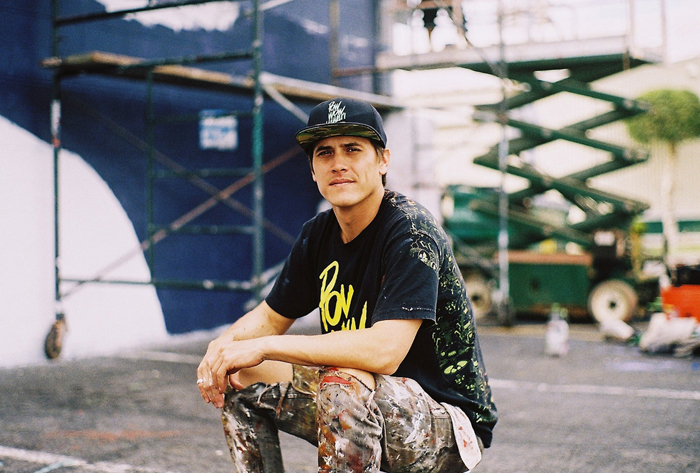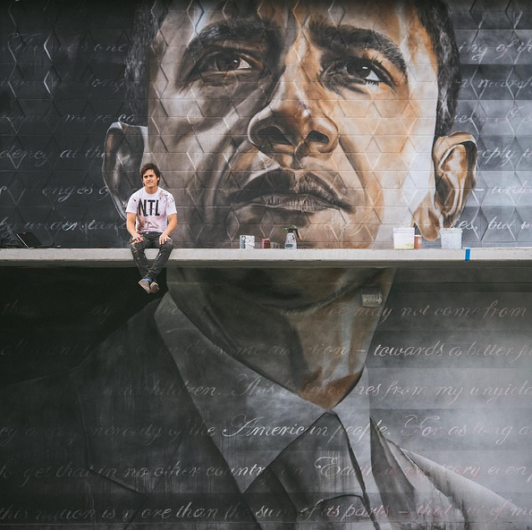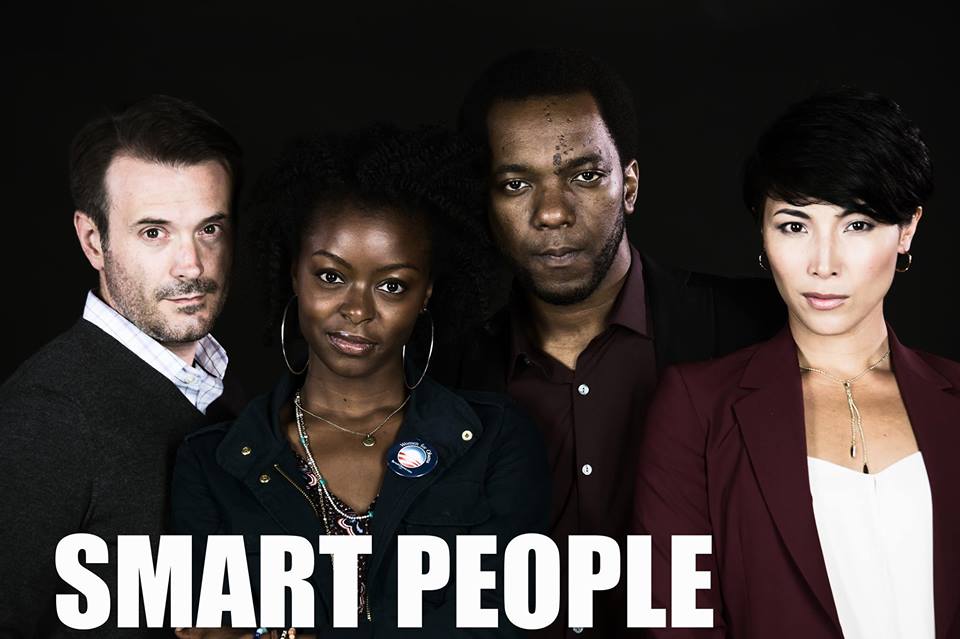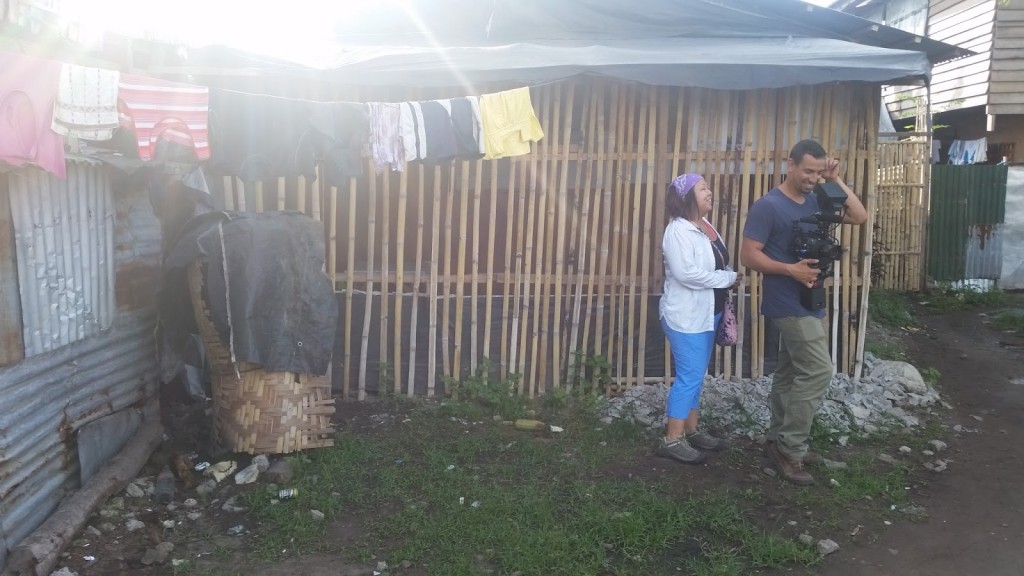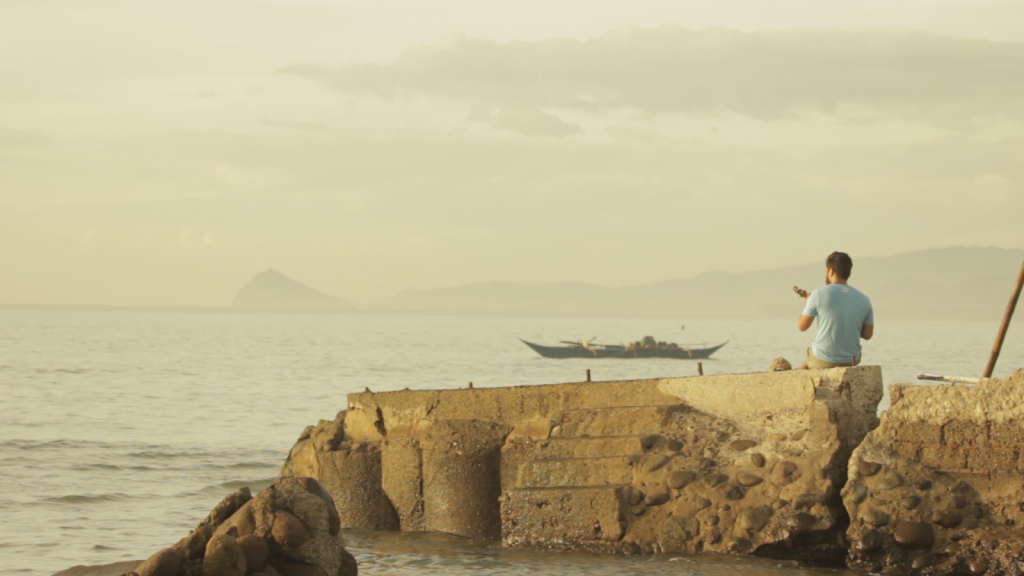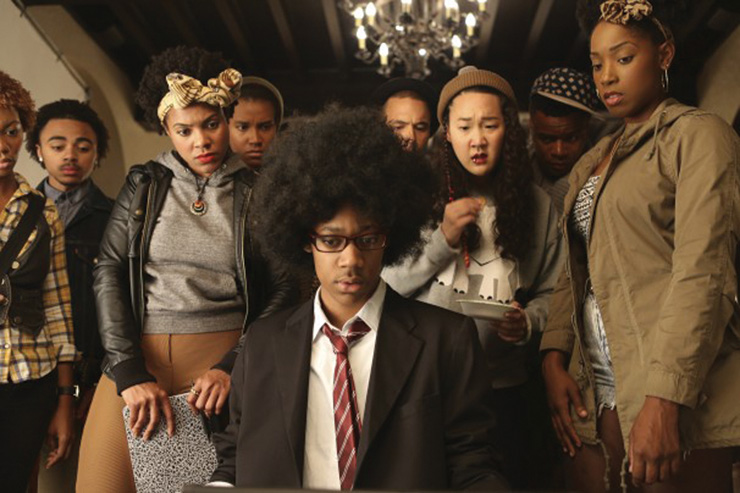The year is ending.
How will you mark the future?
Why not with hot men?
It’s almost the end of 2016, which means people can finally turn the calendar and bring in a new year. And there’s no better way to start 2017 than with over a dozen handsome Asian men with poetry written on them.
After the success of the original 2016 Haikus with Hotties calendar, creator Ada Tseng decided to bring the project back for a second year. This time Tseng funded the calendar through Kickstarter to meet the costs of printing, hiring production staff, and donating proceeds to the AngryAsianMan blog.
“Last time it started as a series, it was in each issue of Audrey Magazine. So when we started calendar we already had like eight people,” Tseng said. “So this time around, we kind of started with a clean slate, so I think we really made it a priority to get a nice mix of people.”
The 2016 edition featured many actors, along with comedians, chefs, and models. 2017 features such hotties as celebrity chef Ronnie Woo, cartoonist Vishavjit Singh, body builder Kenta Seki, singer Joseph Vincent, and many more. The diversity of artists for next year’s calendar expands how people think of Asian American men and success. Except this year, Tseng wanted to include a new take on the hot guy-plus-haiku formula.
“This time around, a pharmacist friend of ours suggested that the only thing Haikus With Hotties fans might like more than a haiku exchange WITH hotties, is if the haikus were actually ON the hotties.” the Kickstarter page says. “It was an intriguing challenge — one that we weren’t initially sure we could deliver. So, we went back to our unofficial Haikus With Hotties ambassadors Yoshi and Peter Sudarso to see whether this was even possible.”
Luckily it was very possible. Tseng said on the Kickstarter page that round two would include rules for the hotties’ poetry: “This time around, they write one haiku, and the only rule is that it has to be about hotness. And we have to figure out a way to get it on them — whether it’s on clothing, their bodies or some other creative interpretation of Haikus On Hotties.” So with some help from the unofficial ambassadors, Tseng and the Sudarso brothers geared up, got some paint, and stripped down to promote the second Haikus On Hotties calendar.
One of the risks Tseng listed on the Kickstarter page was “really wanting one of the hotties to do a photo spoof of those Carl’s Jr. burger commercials (sexily eating burgers at the beach or while sitting on a luxury car) but having failed to convince any of them so far — don’t worry, we’ll handle it.” That’s where ISA TV hotties Dan Matthews and Mike Bow come in.
“Mike is doing this interview topless,” Matthews wants everyone to know first thing. “How did Mike and I get involved? I’ve actually been friends with Ada for a little while, and I knew about this project last year and I thought it was a really clever and cool community project. When I heard she was doing it again this year, I kind of jokingly said ‘Hey, it would be fun to be a part of it.’ I didn’t expect her to actually ask us to do it.”
(Tseng, also at the photoshoot, said that she suggested and asked Matthews to do it.)
Bow, YouTuber MikeBowShow and ISA TV host, heard about the calendar from the Sudarso brothers. He thought “it must be nice to be invited to this hot Asian guy calendar” and then found out Tseng already had him in mind. Bow and Matthews posing together brings the ISA TV element to the calendar, and when Ada emailed them saying no one wanted to do the Carl’s Jr spoof concept they signed up. Both have have done photoshoots before, but none shirtless, for a calendar.
“This is literally about attractive Asian males,” Bow said. “So this is a lot hinging on it, that’s a lot of pressure. It’s not about the clothes, it’s about your body, your hotness.”
At the shoot, the haiku still needed to be written, but given Matthews is known as the rapper DANakaDAN, 5-7-5 syllables on hotness shouldn’t be too difficult. He also wanted to define Asian male hotness outside physical appearance.
“Even more though, I think one of the most important key things to take away from this is hotness in general, female or male, shouldn’t just be defined as what you look like,” Matthews said. “Being clever is hot, confidence is hot. I think people who can take off their shirts are confident in some ways, but I think there’s other ways you can be hot.”
The Kickstarter campaign lasted one month from September 8th to October 8th, and met its goal of $6,780. Over 200 people backed the calendar, including international donations from Canada, Australia, the Netherlands, Singapore, and more. The campaign promised quite a few different perks for higher backers including the 2016 calendar, posters, special photos, stickers of the hotties, and shipping “a SECOND calendar to a Hollywood casting agency with a note telling them to cast these hot Asian American men in their upcoming projects.”
Shipping out all the perks begins just before the holidays, the perfect time before the start of the new year. For those who missed the Kickstarter, the 2017 and 2016 Haikus With Hotties calendars are available today at HaikusWithHotties.com
![]()
